Art, science, community – these three keywords determine the program of Ludwig Museum in 2020 in Budapest. One concept receives even greater emphasis: networks.
Ludwig Museum in Budapest had a successful year: their 8 temporary exhibitions attracted a total of 106 thousand visitors. While the past year of the museum was about jubilees – the 30th anniversary of its foundation, the Bauhaus 100, Iparterv 50 –, the year ahead of us will be characterized by a quite future-oriented approach.
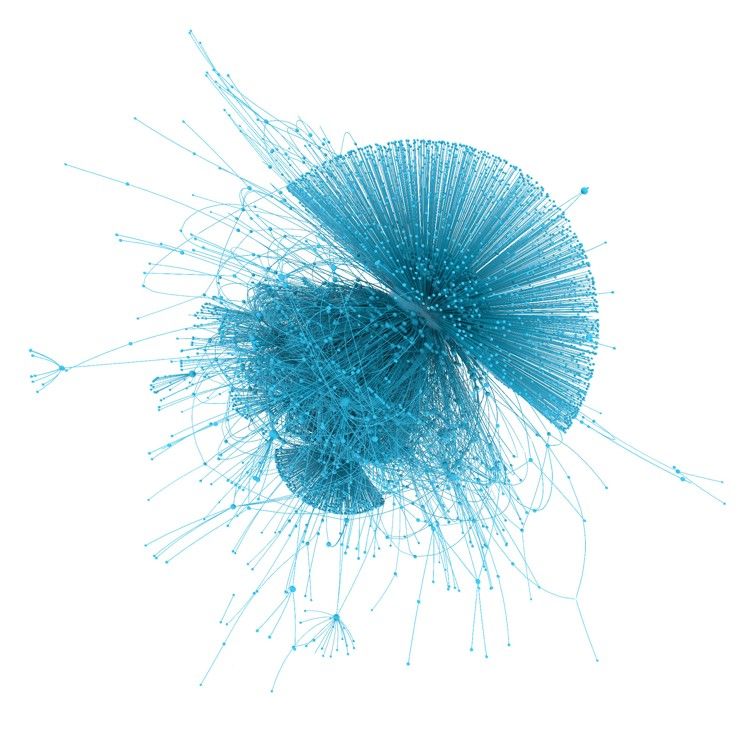
The boundaries between art and sciences become more and more merged each year, and social phenomena are more and more coming into the spotlight on large international exhibitions. It won’t be any different in Ludwig, either: two exhibitions are closely linked to the label “contemporary networks” chosen as keyword – one of them being The Dead Web – The End opening on January 24, which foreshadows the potential end of the capacity of the internet with media art creations. The utopian exhibition brings us to 2023 and attempts to present the impacts that the downfall of the internet would have on the society, the economy and our world. The project was implemented in collaboration with the Canadian Molior media art organization, and showcases the works of Canadian and Hungarian artists.

Network research makes most of us think immediately about physicist Albert-László Barabási, the man who developed the theory of complex networks. During fall 2020, we can learn more about the activity of Barabásilab, the collective consisting of scientists and designers, lead by Barabási at the Hidden patterns exhibition opening on October 9. The aim of Barabásilab is to show the (many times invisible) links between things and phenomenon and to explore recurring patterns that connect nature, society, language and culture. All these aspirations are displayed at the exhibition through data visualization, data statues and the means of virtual reality.
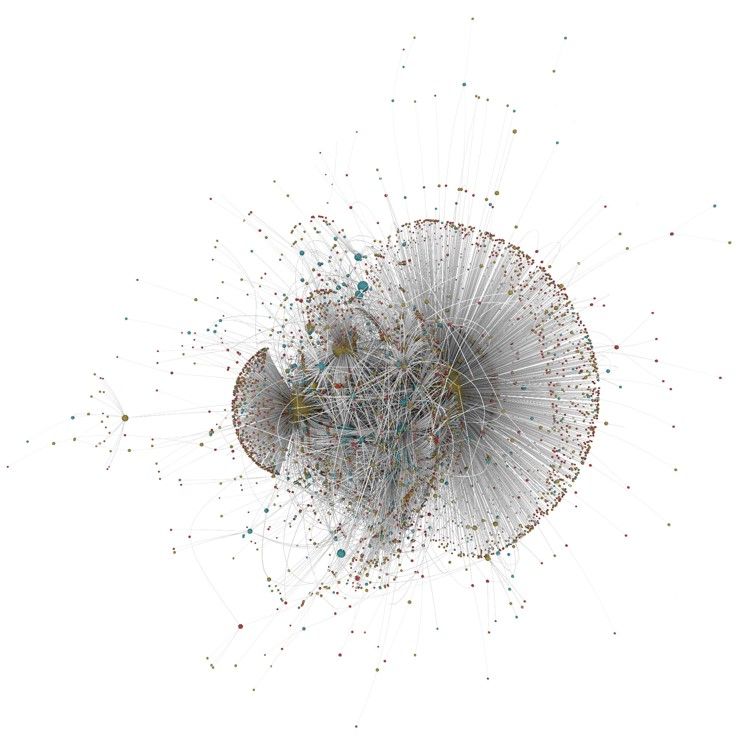
The Slow Life – Az élet lassú tempóban international group collection also examines global phenomena, but specifically from the point of our environment. The works visible at the exhibition open from April do not only react and criticize, but also suggests solutions to today’s pressing environmental and social problems, which are the results of the exploitative and environment-polluting practices of past decades. The slow approach promotes slowing down, not growing, minimalism, as well as the rethinking and organization of current practices and structures on the field of society, economy and our everyday life. The exhibition aims to provide a wider platform to artistic ideas directed towards sustainability, proposing alternative solutions and life strategies.

In addition to all this, Ludwig Museum continues its practice of presenting the Hungarian exhibition of the Venice Biennale to the audience in Budapest, too. Tamás Waliczky’s exhibition titled Képzelt kamerák (Imaginary Cameras) was presented in the national pavilion in 2019. The artist’s 23 fantasy cameras and animations designed with digital technology, but working in an analogous manner provide an aesthetic experience and make us think about the forgotten alternatives of technical development that can be reinvigorated through artistic thinking all at once. The series showcased in Venice with huge success can be seen in Budapest from February 14, expanded with two more works.

In addition to the exhibitions listed, two exciting group and one solo exhibition can also be expected. As usual, the museum will renew its exhibition of the museum’s collection this year, too. The renewal is justified, as the museum’s collection magnified tenfold in the past decades. The curiosity about the Time Machine exhibition is that it looks to the future from the present, and it also calls attention to the shifts of emphasis. During the summer, you can see a selection from the Art Collection of Telekom, titled Keeping the Balance. 35 artists will debut with more than 60 contemporary pieces, and since the majority of them comes from Central-Eastern Europe, the exhibition can also be defined as the region’s contemporary art muster.
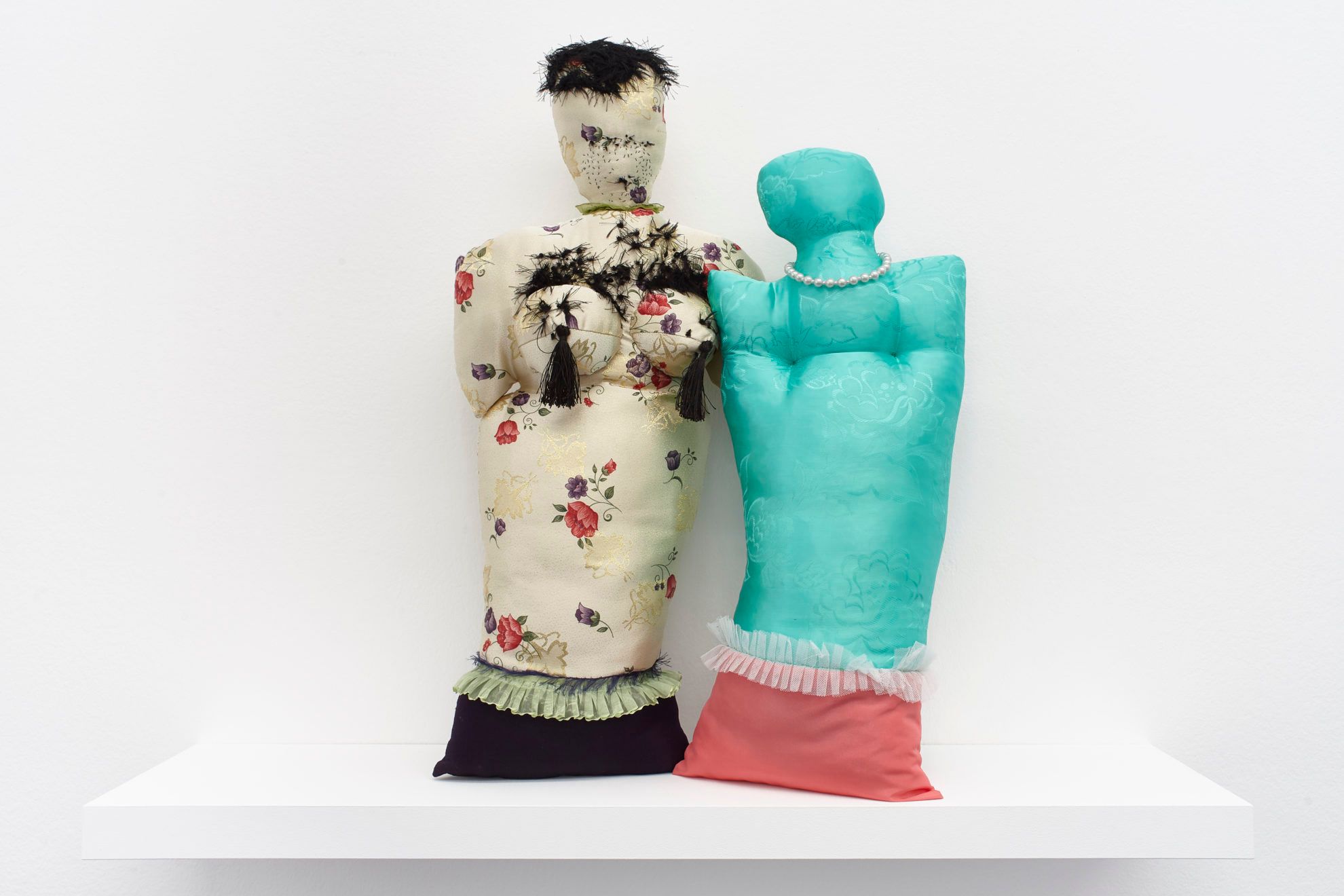
On the occasion of the 90th anniversary of its foundation, Ludwig Museum will celebrate painter Tamás Konok with a solo exhibition. The oeuvre of the dominant representative of geometric abstract art encompasses almost seven decades, so we can get a comprehensive image about the aspirations of the artist starting from monochrome relief collages to more plain, line-based paintings.
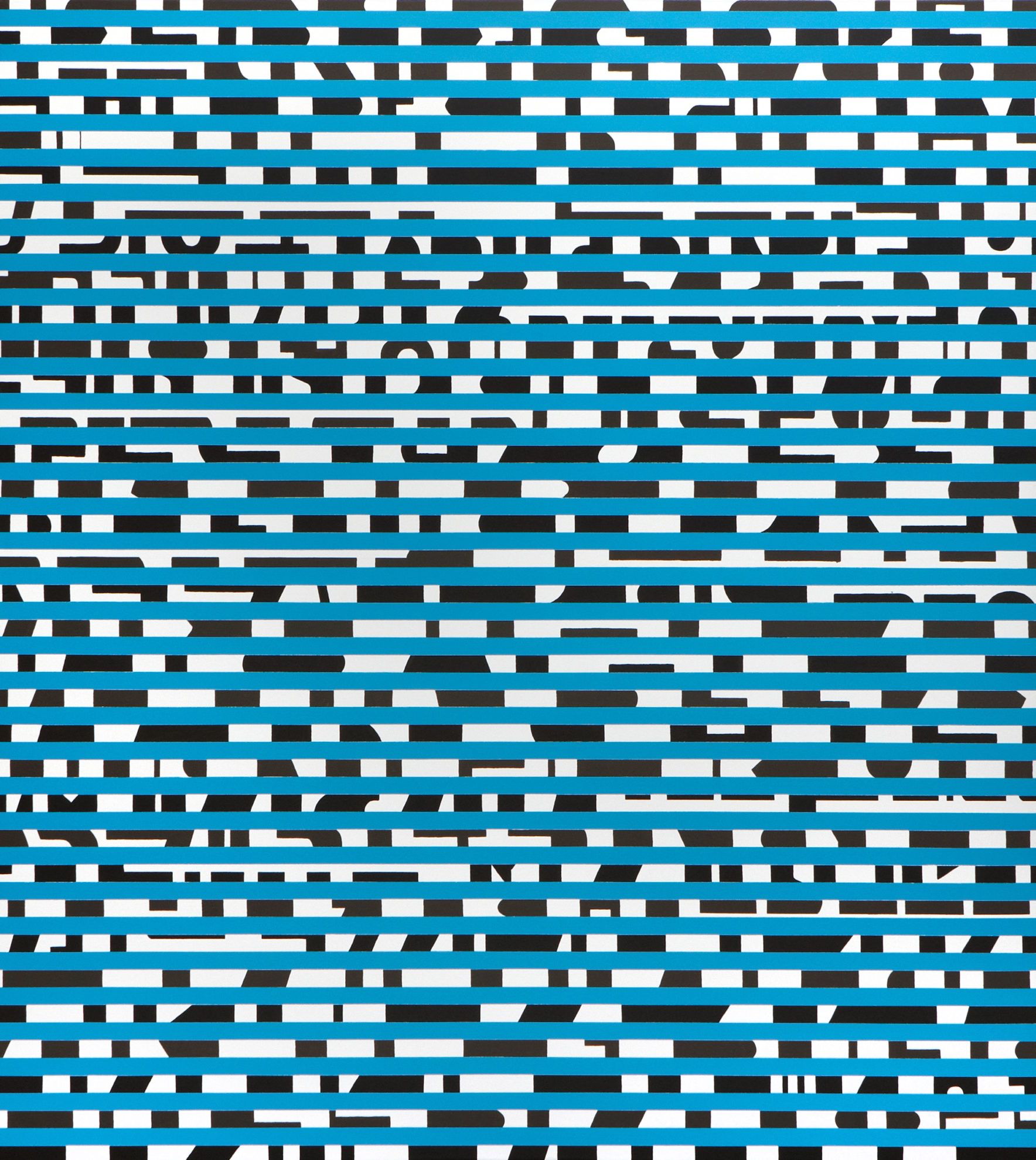
The museum’s headline programs are also worth mentioning: the event titled Open space. Community, art, publicity. Improving the quality of life of the individual and the communities with the means of art (May 8-9) provides a platform for meeting and debuting for Hungarian artists, groups of artists and organizations that work for bettering the situation of communities with different social status, using the toolbox of art.
The repertoire also includes a foreign project: Othernity. Re-conditioning of our modern heritage is the shared work of 12 Central and Eastern European architect offices, in the course of which 12 emblematic modern buildings in Budapest are reimagined. The result will be presented in the Hungarian Pavilion of the 17th Venice Architecture Biennale, from May 23 to November 29.

“Artisan beer minus artisan” | The new image of Hübris - studio NUR
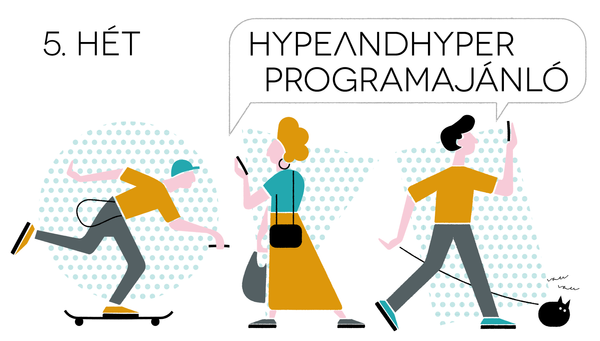
HYPE | Weekly program guide










